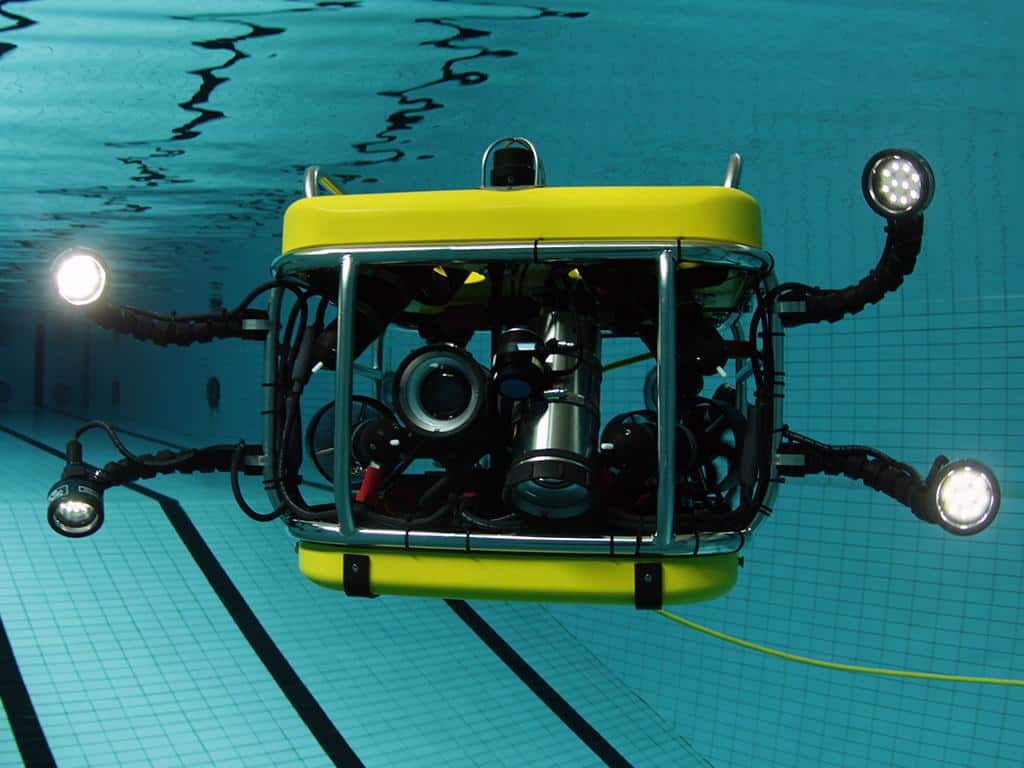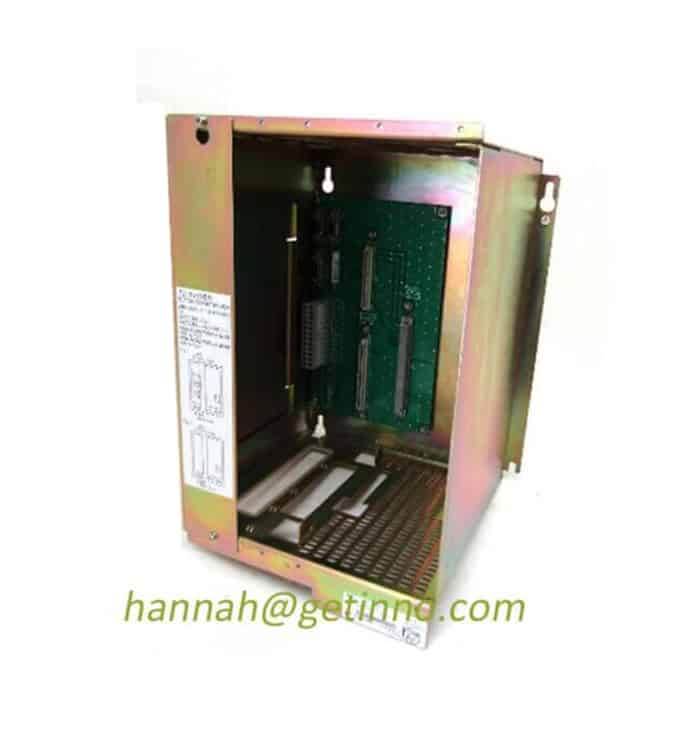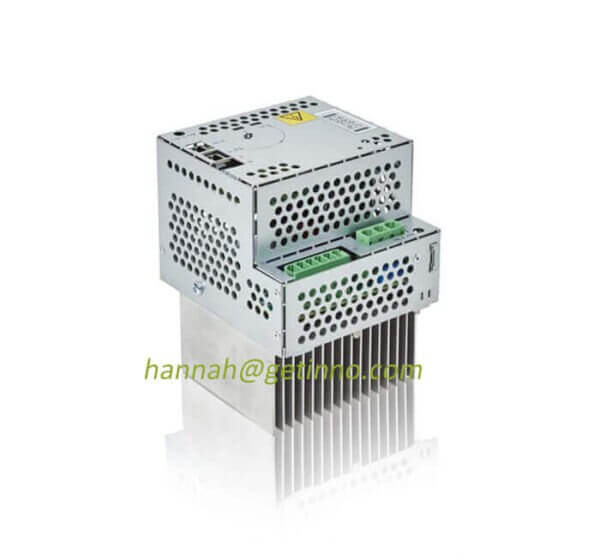Booming Industry Robot in China
Not long ago, the reporter went to Guangdong for inspection. There were very few workers in the workshop, and many factory robots were popular. With the rise of labor costs, production costs and other factors, the development of industrial robots in China is becoming increasingly rapid, with broad prospects.
The market is dominated by foreign companies
British economist Paul McKeery believes that the third industrial revolution wave based on the Internet, new materials and new energy and with “digital intelligent manufacturing” as the core concept has arrived, and the main body of “digital intelligent manufacturing” is industry. robot. At present, the forms of global social organization and economic development are undergoing profound changes. With the gradual attenuation of the demographic dividend and the rapid development of technology, robots are expected to make their debut and “counterattack” the process of human industrialization.

China’s industrial robot market is ushering in explosive growth. Since 2010, the demand for China’s industrial robots has surged, an increase of 1.71 times compared with 2009. The number of industrial robots in that year reached 52,290 units; the sales volume in 2011 was about 22,600 units, a year-on-year increase of 51%. , and the growth rate continues to be the highest in the world. According to the latest data from the World Federation of Robotics (IFR) and China Robot Network, it is estimated that by 2015, China’s robot market demand will reach 35,000 units, accounting for 16.9% of the global total, becoming the largest robot market. In view of this, global giants in the robotics industry, including ABB Group, Yaskawa Electric Co., Ltd. and KUKA Robot Group, have rushed to the Chinese market. At present, the above-mentioned foreign-funded enterprises alone account for more than 55% of China’s industrial robot market share, and are still strengthening their layout advantages.
KUKA Robotics Group in Augsburg, Germany is a top manufacturer of industrial robots and automatic control systems, and its products are widely used in industries such as automobile, metallurgy, food and plastic forming. In 1986, KUKA Robot presented a robot product to FAW Truck as a trial product, and this robot became the first industrial robot applied in China’s automobile industry.
ABB provides robot products, modular manufacturing units and services. At present, the group has installed more than 200,000 robots worldwide. In 1994, ABB Robotics Division was established in Shanghai, becoming one of the first batch of international robot manufacturers to enter China. Founded in 1915, Yaskawa Electric Co., Ltd. is a famous robot company in Japan and a global leader in the field of industrial robots. Last year, Yaskawa (China) Robot Co., Ltd. started construction. The company mainly produces industrial robots and robot systems, with an estimated annual sales of 1.4 billion yuan. The world’s third largest electronics manufacturing service provider, Jabil Group of the United States, also announced this month that it plans to invest more than 620 million yuan to set up a robot-related automation equipment factory in Wuxi, with an annual sales revenue of about 500 million yuan.
At the end of July 2011, Terry Gou announced with great emotion that Foxconn would increase the number of robots on the production line to complete simple and repetitive tasks. Three years later, the scale of robots would reach 1 million. He also revealed that Foxconn will set up a robotics company specifically for the research and development of high-end robots and the system assembly of outsourced robots. Its 1 million robots will be mainly used in spraying, welding, assembly and other processes. According to Foxconn’s 2012 semi-annual report, as of last June, the number of Foxconn’s international employees was 75,500. At the end of 2010, the number of Foxconn’s international employees was still 126,700, and by the end of 2011, it had dropped to 98,900.
The policy background that robots are sought after is that since the State Council’s “12th Five-Year Plan” National Strategic Emerging Industry Development Plan, domestic and foreign companies have aimed at the Chinese market and accelerated the development of robot research and development and manufacturing business. At present, the number of enterprises using robots in the domestic manufacturing industry is increasing day by day, and the annual growth rate in the Pearl River Delta region has reached 30% to 60%. Especially in the industrial fields such as assembly, dispensing, handling, and welding, there has been an upsurge in the use of robots.
It is reported that Huawei, ZTE, BYD and other enterprises are using industrial robots in large quantities. Some small and medium-sized mobile phone and LED display companies are also purchasing assembly and dispensing robots, with a unit price of about 200,000 to 500,000 yuan.
In the field of brick making in coal mines, in March 2012, ABB announced to provide palletizing robot solutions for Tashan Coal Mine of Datong Coal Mine Group. In Tashan Coal Mine, 4 sets of ABBIRB660 palletizing robots are equipped with brick-making equipment from Zibo Gongli, replacing traditional manual work. This is the first time that palletizing robots are used in the field of coal mine brick-making in China. At the end of 2012, the robot production system was also used in the concrete machinery industry. In October last year, the welding robot production system for the inner weld of the mixing drum of the mixer truck was officially launched in Yuanjiang Industrial Park. The use of this system is still in the domestic concrete machinery industry first.
In China, facing the vast space of robot application, local governments such as Shanghai, Kunshan, Tangshan, and Chongqing have issued corresponding policies to introduce R&D and manufacturing companies, and compete to build the local robot industry. At the same time, the pace of research and development of domestic enterprises is also accelerating. Sany Heavy Industry has signed a strategic cooperation agreement with Chongqing City at the end of 2011 to jointly develop a robot project. At present, robot research and development has been separated from the research institute as an independent project group.
However, due to the late start of my country’s robot manufacturing enterprises and the gap in basic industries, the independent production capacity of the core components of robots, servo motors, reducers, controllers and sensors, is weak, and many core components need to be imported.
Links: 3bse008508r1 3hac7998-2
Pre: Advantech AIW-210 and AIW-211, new pr... Next: The number of industrial robot compan...




